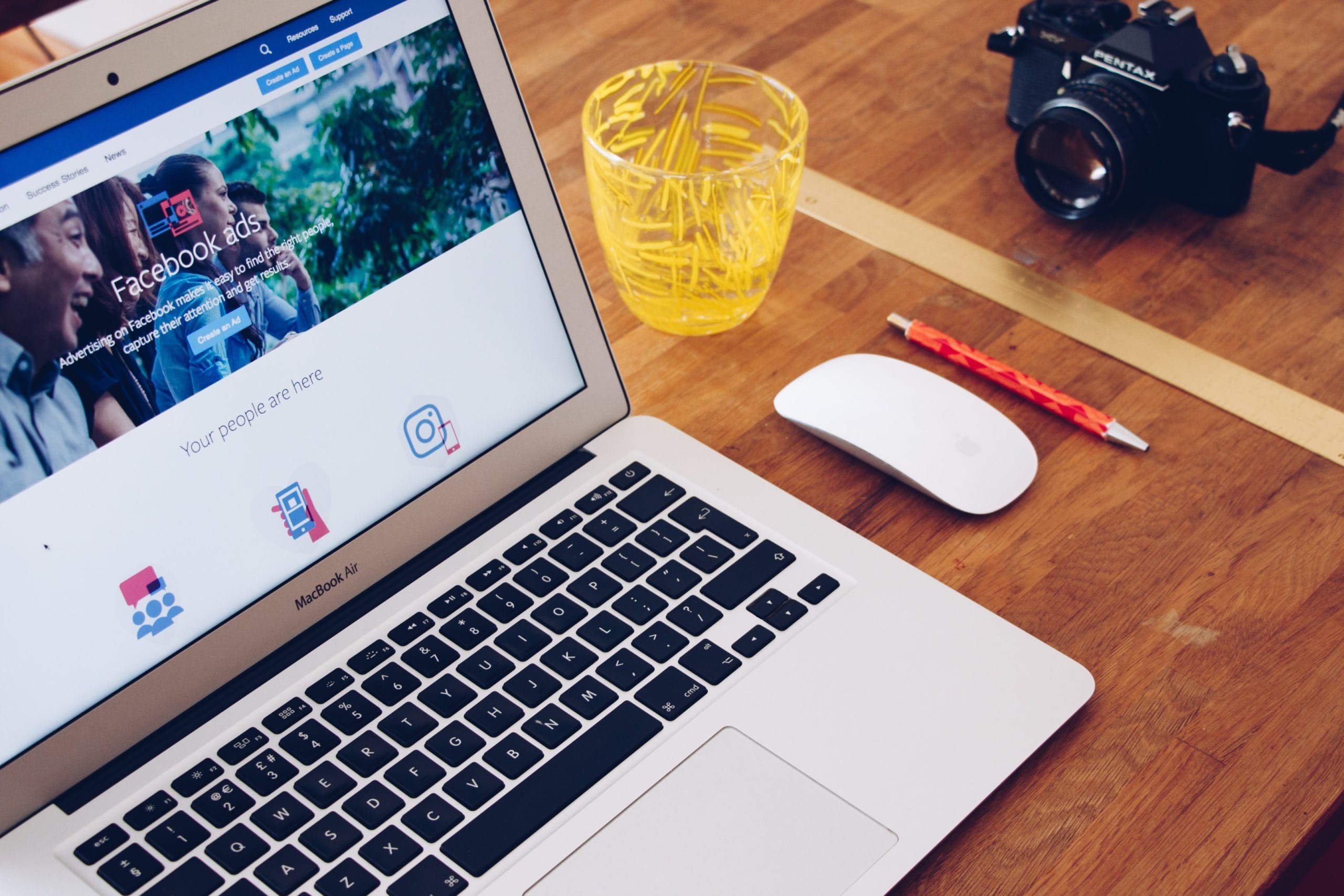By the time you’re done reading this blog, thousands of new pieces of content will have emerged. Content exists on every possible topic, in every imaginable format, and don’t even get us started on the channels you can choose from to distribute it. An estimated 4.6 billion pieces of content are produced daily. Let that sink in for a minute – in which time about 3.1 million more pieces of content will be created.
Meanwhile, everyone is online. Every age group, in every city and small town. We’re shopping, scrolling, swiping. The amount of information and content we consume is incredible. Unsurprisingly, not much of it actually sticks. That’s because a big part of what we see isn’t even created for us, and nothing more than ‘noise’ on our timelines.
As a marketer, you put a lot of energy and time in creating slick content. But once it’s out there, it has to fight for a place in the spotlight. But are you even creating content for the right people? Make sure your next marketing masterpiece will be your most effective one yet: say hi to content targeting.

Photo by engin akyurt on Unsplash
What Is Targeted Content?
Let’s look at what is not, first. It’s not usually offline: it’s displayed in places in which as many people as possible will see it. By chance, someone who might be interested might drive by, read fast enough, and take action. But most people won’t remember it at all, or relate to it – no matter how impressive the design is.
Online content offers us more possibilities. For a long time, marketers wanted more, more, more. Going viral was the goal. You wanted your content to be seen. We counted views, but while the ticker was rising, sales were, well, not.
When you actively try to get your content within eyeball range of your desired audience, you’re targeting your content – or rather, you’re targeting the right people. To get started with targeted content, ask yourself two questions: who do you want to reach, and how can you best reach them?
All About the Audience
Targeted content is created and distributed with a buyer persona in mind. As specific as can be. And thanks to today’s technology, you can get very, very specific.
When it comes to your audience, quality tops quantity every time. The aim should not be to get your content in front of as many people as you can, but to get it in front of people for whom it is relevant, who will be triggered – intrigued, if you will.
It’s no surprise the biggest priority for B2B content marketing teams in 2020 is improving the quality or conversion of their audience.
Paid distribution is arguably the most effective way to target the right people. But before you start spending the big bucks, let’s take a look at how to finetune your targeting skills and what options you have to get the best out of every dollar.
Create a Persona, & Dig a Little Deeper
Content targeting revolves around who you are creating content for. Your ideal customer. Time to get to know them!
Talk to your target group. Research them. Create a quiz to learn more about them. Find out what makes them tick, what they want to see, what they need to know, and where they would like this information delivered, please.
Look under the top layer of info about your target group. Sure, demographics, gender, geographic location, education level, occupation, household income, are all great for foundational knowledge. But there are so many perimeters monitoring our every move, allowing you to find people that are very likely to want to hear from you and interact with your content.
The most effective way to go about this by syncing your marketing automation tool and your CRM. With all the targeting you need to do, there’s no way you thought you’d do it with an automation workflow, did you?
Let’s say you are using Hubspot’s marketing automation tool to create buyer personas, segment your target audience, and track user browsing patterns. Simultaneously, you are using a CRM like Salesforce to monitor and coordinate all sales opportunities that transcend from your marketing activities.
To put both of these in sync, try integrating Hubspot and Salesforce (or whichever tools you are using) and see how all buyer information and purchase details tie up together to give you a complete 360-degree overview of each target user.
Now that you have all the details in hand, you’ll be in a better spot to determine what kind of content will trigger conversation and conversion.
Meet Them Where They Are
Apart from a pretty static persona, take into account that the people in your audience will evolve as they go through their customer journey, meaning they will need different content. Make sure you’re creating content that fits the person, channel, and the stage they’re in.
A one-size-fits-all approach won’t work. Not even when you’ve got your persona figured out down to their happiest childhood memories. Apart from the channel, the tone, and frequency of your content can vary in each stage for different personas. Find what works through actively monitoring the interactions on posts. Keep your eye on the data.

GIF via Giphy
Paid Content Targeting
SEO and SEA help your audience find you when they need you. But with smart targeting techniques, you can find them first, presenting them with content that you know they’ll love – because you researched it.
The Social Media Beast
Your timeline is as unique as your fingerprint. And for a good reason. Good content used to rise to the top, like oil on water. Now good content isn’t good enough anymore. Also, the water is getting quite dirty. The reason we haven’t completely ditched the internet because of constantly seeing irrelevant content is that we’re most likely getting targeted, and targeted well.

Photo by camilo jimenez on Unsplash
On social media, you can have a substantial organic reach, especially if you know how to use the right hashtags and build a large enough following. But nevertheless, organic reach has its limits and has been dropping. This means that reaching new people through organic means is becoming increasingly difficult.
Luckily for us marketers, all major platforms allow us to very specifically target our posts to an audience that isn’t already following us, but ticks some boxes on interests and (online) behavior that fits the profile you’re looking for – or rather, that is looking for you.
Retargeting, Retargeting, Retargeting…
That’s right: even if you slap a ‘re-‘ in front of targeting, you’re still targeting. Isn’t that cheating? Not at all.
Yes, it is easier, since you can track people who’ve already expressed interest in what you have to offer. But it’s only smart to keep them in the loop. Saves you time, gets you money. Win-win.
Organically Targeted Content: Create a Community
It’s not impossible to organically target the right people, without spending extra money on placed ads or targeted posts. 35% of content marketers say online communities are the best way to promote your content to the right audience.
Though it takes time to build an online community, once you’ve established it, it’s a surefire method to know your content reaches people who are interested in your industry, brand, or product.
Ready, Set, Target!
Are you down for higher conversions? Ready to let go of the idea that more content is better content?
- Conduct audience research to find high-potential views
- Invest in the right channels and social media platforms
- Start creating quality content based on what your audience wants to see
And we promise they will love you for it.










